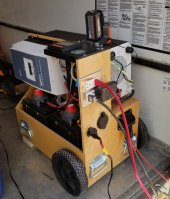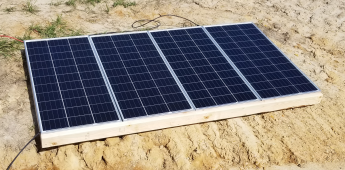Hi, My goal currently is to have 300A to 400A to power a Renogy 12V 3000 to 6000W inverter. What I have now is a 100A JBD on 4 280A cells and a 100A Daly on another set of 280A cells. I used the current setup for about a week and it worked fine up to about 2000W.
I have ordered 2 more sets of batteries and 3 200A JBD BMS's. I just found out from the manufacturer that you can't use the 200A BMS in series or parallel.
Since one 200A BMS will not give me the 400A I need, I appear to have 3 coming that I can't use.
I understand why you can't connect some BMS's in series due to the voltage but why would it not work in parallel.
Anyone have any experience with this?
I have ordered 2 more sets of batteries and 3 200A JBD BMS's. I just found out from the manufacturer that you can't use the 200A BMS in series or parallel.
Since one 200A BMS will not give me the 400A I need, I appear to have 3 coming that I can't use.
I understand why you can't connect some BMS's in series due to the voltage but why would it not work in parallel.
Anyone have any experience with this?




